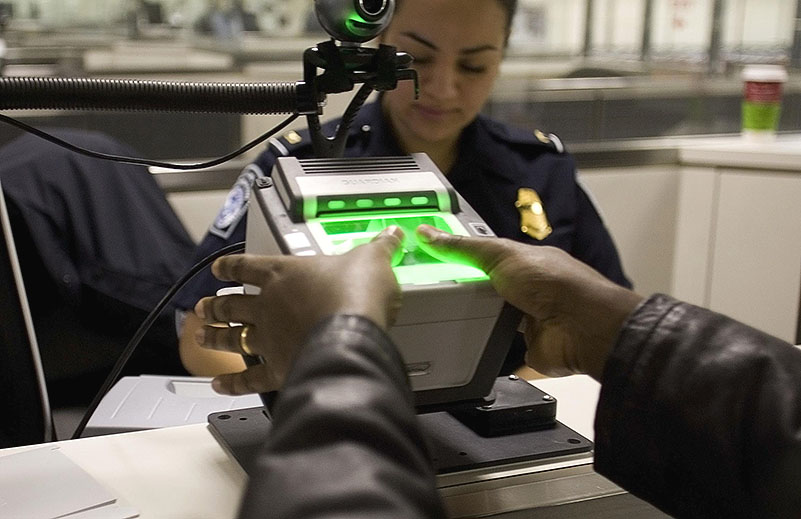A new identification system has been launched. The system makes multiple level security possible across multiple sites. In addition, the system enables actions to be undertaken remotely by the individual.
Considerable investment is being channelled into biometric security systems. This is driven by the greater availability, and sophistication of technology, plus the continuing focus on security issues.
Examples of these biometric identifiers are fingerprints, facial patterns, voice or typing cadence. In this mode, the question is a simple one: “Who are you?” Hence, biometric recognition provides a strong link between an individual and a data record.
The application of biometric security software is intended to automatically recognise people based on their behavioural or biological characteristics. Previously to facial recognition, most biometric technology was based around fingerprint recognition. Due to security concerns and a desire to scan more people more rapidly, other forms of biometric identification are slowly becoming more common.
The system is operated to scale, and it is suitable for large scale events like sporting events and concerts. The objective is to enable attendees to be given different access and security clearances across multiple sites.
This form of automation is designed to reduce the administrational time and complexity away from Security Managers. By being touchless the system also has a role to play in reducing infection transmission, which is a concern during the current COVID-19 crisis.
The technology has been developed by the U.K. based security systems integrator, Arana Security. Behind the development is the rise in demand for contactless systems and biometric devices.
Central to the device is biometric verification software called BioWave. This software offers biometric access control, time attendance and biometric payment all managed from a single portal. It also provides multiple locations on the same biometric payment/ access control system using Idemia’s MorphoWave Compact or VisionPass devices.
A further advantage is with the technology being a cloud-based solution, which enables data to be collected and retained for analysis. Part of the process allows the user to allocate appropriate security clearance remotely (if approved).
Once approved, a visitor can arrive at the event, log into their account to generate a timed and encrypted QR code, which can then scan at the touchless enrolment station. This then starts the system process to capture their biometric information for the enrolment process.
The biometric identification access means that entry will only be authenticated by the source individual, putting a stop to the fraudulent sharing of e-tickets or smart passes of multiple day events.














